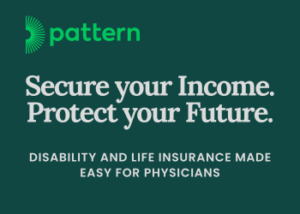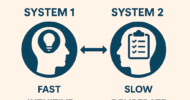I recently encountered a new patient, a seemingly healthy 25-year-old man who had just graduated from college and was working his first job. He was not a tobacco user and had no medical diagnoses, but shoulder and abdominal pain brought him to Mass General Brigham. After a series of tests, the diagnosis was clear: stage IV lung cancer.
As a lung cancer oncologist who has treated patients for 20 years, I’ve seen major changes in my clinic. Treatments have improved dramatically, and patients are living longer, but survival statistics around stage IV lung cancer still paint a bleak picture: only about 10 percent of patients survive beyond five years. When I was in medical school, the average age of lung cancer diagnosis was 72; it was unheard of to be diagnosed younger than 50. But I am now routinely seeing patients diagnosed in their 30s, 40s, or even younger. Similar trends are also being seen in other cancers, like colon and breast.
Cancer in young adults is contributing to rising rates worldwide. In the U.S., these are expected to hit record highs this year. And according to a World Health Organization report, experts are estimating a 77 percent global increase by 2050.
Causative factors for cancer are more complex than previously understood. Factors like air pollution, stress, and sleep patterns likely intermingle and layer on the singular explanations of the past, such as tobacco/alcohol use and diets high in processed meats. These simplistic risk models cause blind spots in the public mindset; many people think it is impossible to get lung cancer if you never smoked cigarettes, but lung cancer rates in people who never smoked are dramatically rising.
How do we address these challenges?
Over the last 20 years, we have poured money into discovering new cancer treatments. Since 2000, the FDA has approved over 145 novel cancer drugs, including immunotherapies and targeted therapies, which have helped cancer death rates fall in the U.S. by more than 27 percent. It’s time to bring the same level of investment to understanding what causes cancer and predicting risk because our chance of cure is greatest when cancer is discovered at its earliest stages.
Early detection has improved for certain patient populations. However, cancer screenings are only recommended for breast, lung, prostate, and colon cancers. We lack screenings for important, deadly cancers like pancreatic, ovarian, uterine, lymphoma, and others. It is also about more than increasing the rates at which people are screened since radiology-based screenings and colonoscopies are limited to finding tumors that are visible to the naked eye.
Furthermore, population health strategies have been developed on the idea that “everyone within certain limits” should be screened – that is, everyone over a certain age or, in the case of lung cancer screening, everyone with a specific threshold of tobacco exposure. These solutions are limited in their reach. They can be expensive and invasive, and our limited bandwidth to perform these tests introduces disparities in access to screening. Screening tests need to become faster, simpler, and more accessible.
One alternative is to develop tests that are cheaper to administer and interpret and can identify even smaller tumors. Several companies are developing tests that try to achieve this paradigm—most are blood tests, but there are also breath tests, urine tests, and others. None are yet widely proven to work and/or recommended by medical guidelines, but the race has begun.
A parallel and more promising approach is the vast potential of AI algorithms to revolutionize our understanding of cancer risk. Cancer risk has been rooted in epidemiology, which studies the habits, exposures, and health outcomes of thousands of research participants over decades. While these efforts helped, they rely on information that can only take us so far. Now, with health data being generated at an astonishing rate, we have the potential to uncover underappreciated patterns and gain new knowledge about cancer risk. With it will come the ability to predict who might develop cancer, enabling precision prevention, screening, and early detection strategies that focus on particularly high-risk persons and not necessarily one size fits all.
We still have a long way to go, but if we invest in research, new and more precise screening tests will follow. By taking strong steps now, we can respond to the anticipated increase in cancer over the coming decades. It is time to shift the conversation. More importantly, it is time to act. Cancer is on the rise where we didn’t expect it. And our young people can’t wait.
Lecia V. Sequist is a hematology-oncology physician.




























![Rethinking medical education for a technology-driven era in health care [PODCAST]](https://kevinmd.com/wp-content/uploads/The-Podcast-by-KevinMD-WideScreen-3000-px-4-190x100.jpg)
